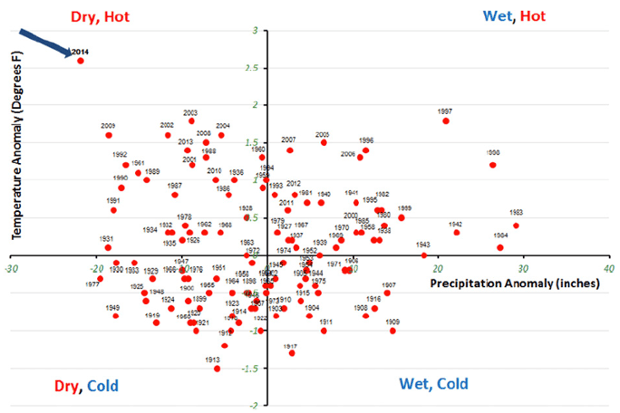As drought has taken hold, the Golden State is slowly becoming a more arid, brown state, where constraints on water availability threaten a large and growing population (up nearly 80% since the severe drought of 1976–77), unique ecological resources, a major source of agricultural produce, and one of the largest economies in the world ... That might sound like bad news, and certainly the trends are moving rapidly in the wrong direction. The good news, however, is that this is only one possible future. If society works to limit global warming to under 2 °C, which is still possible (1), then we can likely avoid committing to a brown California. California still has a chance to remain the Golden State.


